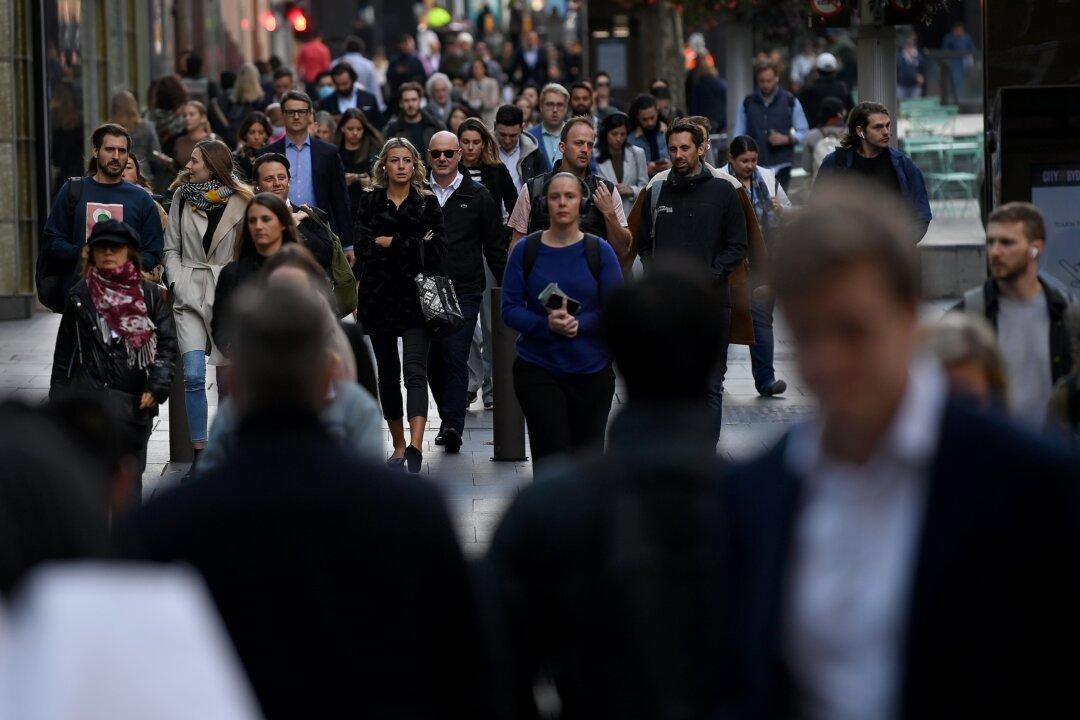The Australian unemployment rate for December 2021 fell to 4.2 percent, the lowest level since August 2008, just prior to the start of the Global Financial Crisis.
Data from the Australian Bureau of Statistics (ABS) revealed that around 65,000 jobs were created during the month, of which approximately two-thirds were filled by men and one-third by women.





